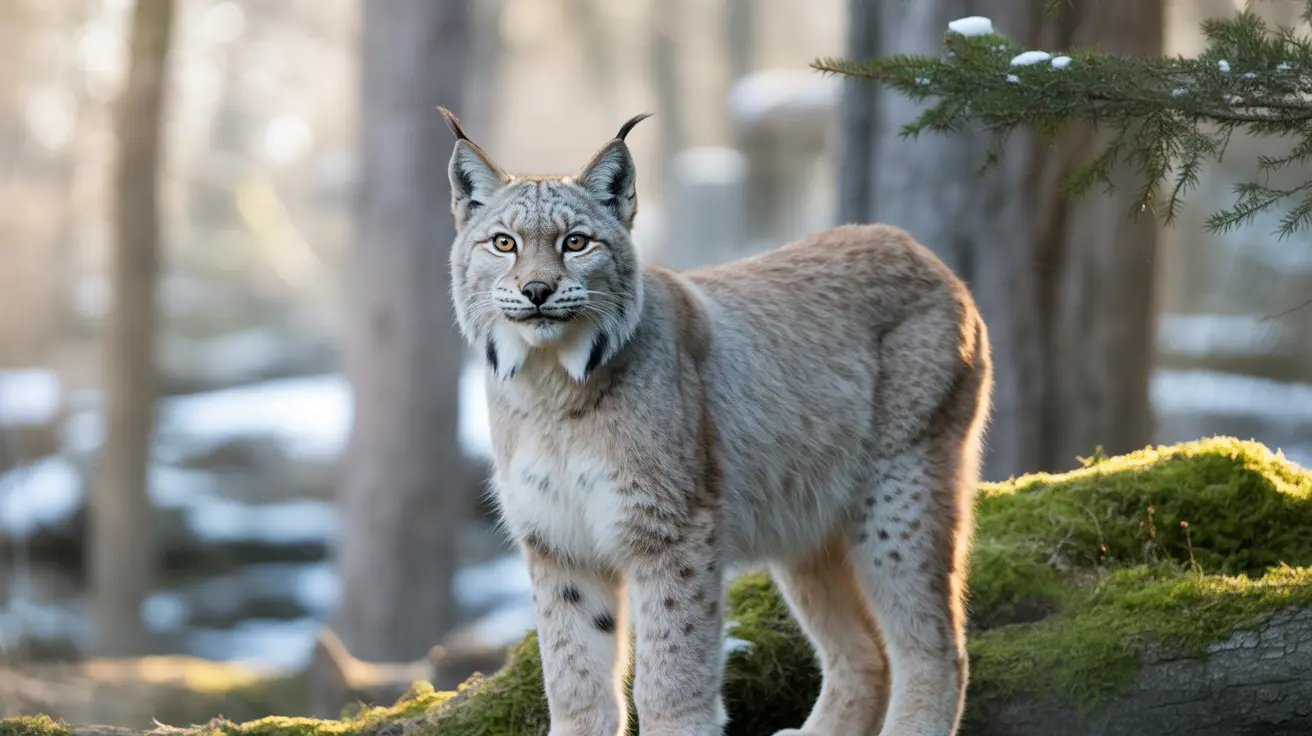The owner of the Kroschel Wildlife Center, a prominent wildlife tourist attraction near Haines, Alaska, is facing animal cruelty charges following years of concerns from both state and federal regulators. The case highlights ongoing challenges in maintaining proper standards of care at private wildlife facilities in Alaska.
Stephen Kroschel, who operates the wildlife center, has come under scrutiny after regulatory bodies documented issues regarding animal treatment at the facility. This development marks a significant turn in the oversight of wildlife tourism operations in Southeast Alaska.
Alaska Wildlife Regulation and Compliance
The investigation into the Kroschel Wildlife Center involves multiple regulatory agencies, including the Alaska Department of Fish and Game and federal authorities. These organizations are responsible for ensuring proper treatment of captive wildlife and maintaining standards at facilities that serve both tourism and wildlife care purposes.
USDA Wildlife Permits and Oversight
The facility's operations fall under the jurisdiction of USDA wildlife permits, which require strict adherence to animal welfare standards and regular inspections. These permits are essential for facilities housing non-releasable wildlife and providing public viewing opportunities.
Captive Wildlife Care Standards
Private wildlife sanctuaries in Alaska must maintain specific care standards for their resident animals. These requirements include:
- Appropriate housing and shelter
- Proper nutrition and feeding protocols
- Regular veterinary care
- Safe handling procedures
- Adequate space for natural behaviors
Wildlife Tourism Considerations
While wildlife tourism plays a significant role in Alaska's economy, facilities must balance visitor experiences with proper animal care. Centers housing non-releasable wildlife have additional responsibilities to ensure their permanent residents receive appropriate long-term care.
Wildlife Rehabilitation Protocols
Licensed wildlife rehabilitation centers in Alaska operate under strict guidelines to protect both animals and public safety. These protocols include:
- Regular health assessments
- Proper documentation of care
- Maintaining appropriate permits
- Meeting specific housing requirements
- Following established handling procedures
Frequently Asked Questions
What are the requirements for operating a wildlife center in Alaska?
Wildlife centers in Alaska must maintain current state and federal permits, pass regular inspections, and meet strict animal care standards. This includes proper housing, nutrition, veterinary care, and safety protocols for both animals and visitors.
How are wildlife facilities monitored for compliance?
State and federal agencies conduct regular inspections of wildlife facilities to ensure compliance with regulations. This includes reviews of animal care practices, facility conditions, and proper documentation of all required permits and procedures.
What happens to animals if a wildlife center loses its operating permits?
When a facility faces permit issues, authorities work to ensure the safe placement of affected animals. This may involve relocating them to other licensed facilities or developing appropriate care plans based on each animal's specific needs.
Conclusion
The situation at the Kroschel Wildlife Center underscores the importance of proper oversight and regulation in wildlife facility operations. As this case develops, it serves as a reminder of the crucial balance between wildlife tourism and maintaining high standards of animal care in Alaska's private wildlife facilities.
This case also highlights the ongoing commitment of regulatory agencies to ensure proper treatment of captive wildlife, while emphasizing the responsibility that wildlife center operators have to meet established care standards and maintain necessary permits.






